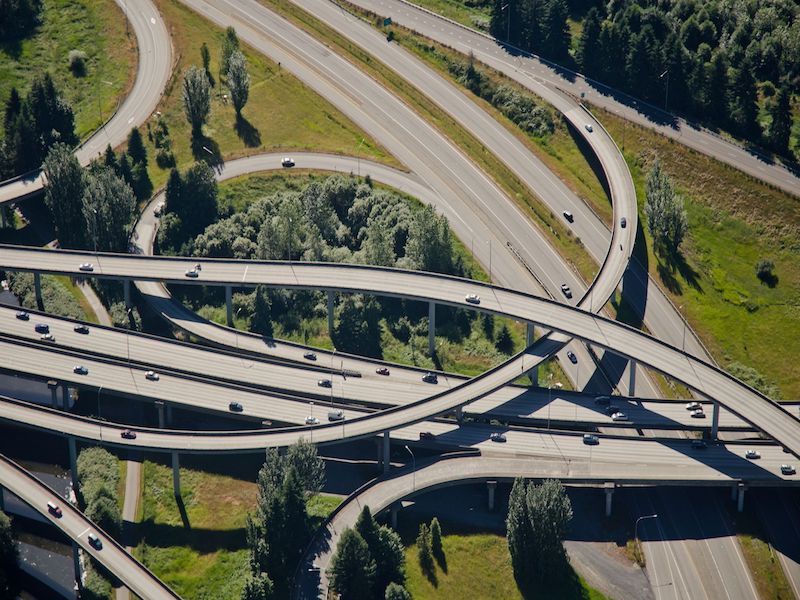

With many Asian countries in need of private infrastructure investors, one way to make it more attractive to investors is by sharing some of the additional tax revenue created by these projects, says Naoyuki Yoshino, dean and chief executive officer of the Asian Development Bank Institute.
In the past, infrastructure returns were generated from user charges, which are very difficult to increase, he says, noting this also means there’s an internal conflict between those who use infrastructure and its investors. “That is why public-private partnerships didn’t do very well in many countries in Asia.”
To increase the rate of return for investors without increasing user charges, Yoshino is suggesting that some of the additional tax revenue created by infrastructure projects be shared with the investor.
New infrastructure, such as water supply, will allow the construction of new housing and the development of new businesses, which will also increase tax revenue. “Good infrastructure can invite various private businesses and new residents into the region,” says Yoshino.
In the past, any increased tax revenue was passed to the government and not returned to investors, he notes. “Infrastructure investors received only user charges and spillover tax revenues all went to the government. That is why investors in [the] infrastructure could not receive [a] higher rate of return. My proposal is: we can compute how much tax revenue, along with a railway, highway [or] water supply, has been created . . . and then I’m proposing 50 per cent of those increased tax revenues should really [go] to infrastructure investors.”
Citing three examples of new infrastructure — a highway in the Philippines, a railway in Uzbekistan and a high-speed railway in Japan — Yoshino points to the fact that spillover tax revenue increased significantly.
“What I’m talking about is not taking existing tax revenue; I’m proposing additional tax revenue which will be created by new infrastructure investments, so government does not lose any money.”
Looking at the changes in tax revenue where there’s new infrastructure and comparing it to a region that sees no impact from those investments is one way to determine what tax revenue is tied to the new infrastructure, he says.
While this new method is yet to be tested, Yoshino’s idea has garnered interest, he says, and he hopes to see the first case piloted soon.
